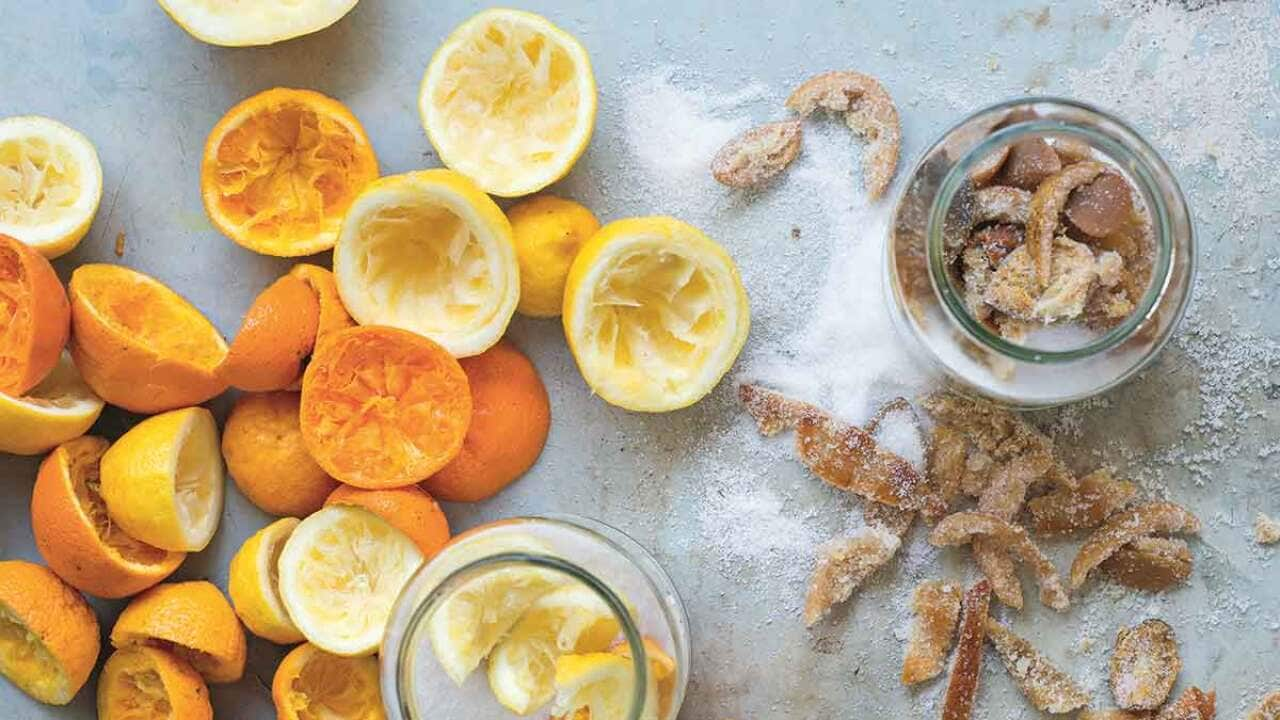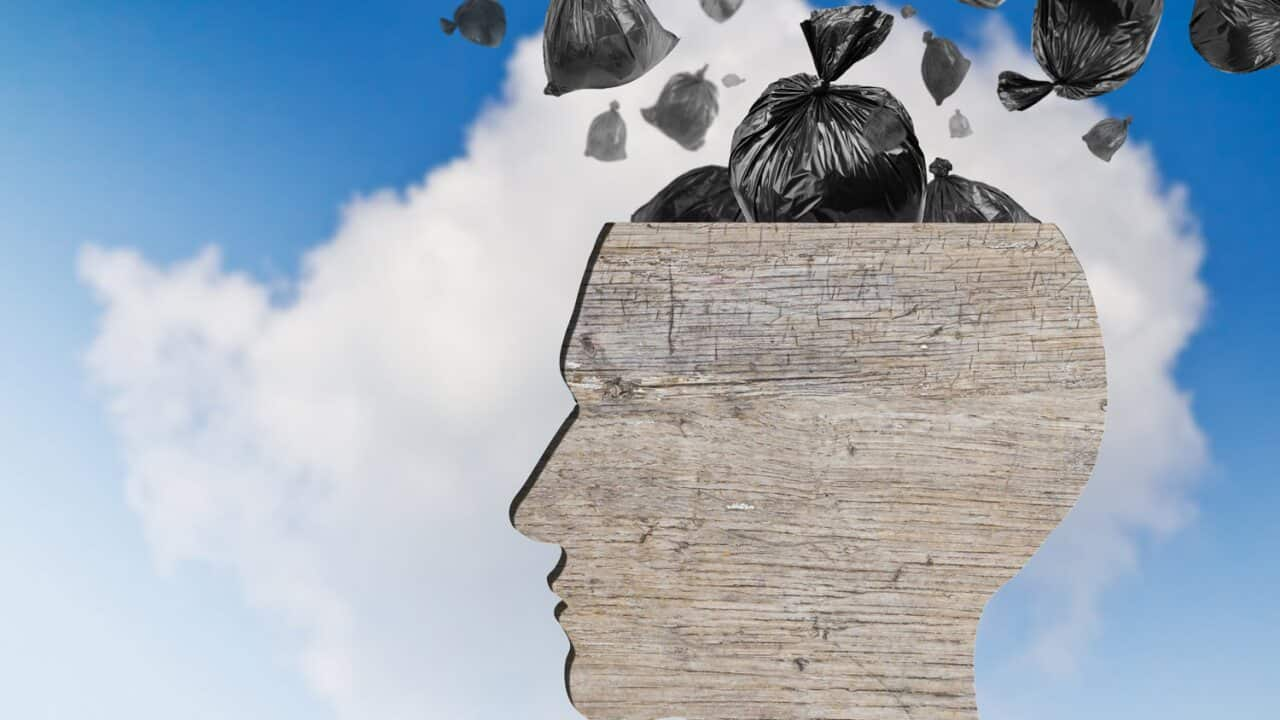I was inspired to do my first bin audit after seeing a talk by aquanaut Dr Sylvia Earle, one of the first women to explore the depths of our oceans. I had always considered space the final frontier, but her talk made me wonder why we always look towards Mars when we haven’t fully explored the 70 per cent of our planet that is underwater. When Dr Earle explained how plastic pollution was choking our sea life and waterways, I knew I had to do something. She suggested not using disposable plastic bottles as a good first step. Simple, I thought. Even I can do that!
That night I opened Pandora’s box. Pulling plastic bottles from my smelly bin, I also saw styrofoam containers, food scraps, disposable coffee cups, napkins, plastic cutlery, plastic bags.
I started separating items into a recycling pile and then became confused – can you recycle cling wrap? I was literally a rocket scientist, but I couldn’t figure out which containers were recyclable. Houston, we have a problem.
Doing a bin audit is powerful because it shows you the reality of your waste, and what habits you personally need to change. It’s an assessment of the ‘ins’ and ‘outs’ of your waste, an opportunity to analyse what comes into your home and understand where your waste goes. It’s your chance to assess where you are before implementing new changes to reduce what you send to landfill. Let’s begin!
How to perform a bin audit
- Put on a pair of gloves and lay out the contents of your rubbish bin on some newspaper. Ideally, you should do the bin audit before your garbage collection day to see the full extent of your household waste.
- Categorise your items into similar materials – paper, plastic, food, glass, aluminium, unidentifiable. Unidentifiable items may include electrical goods and mixed packaging.
- Find out what can and can’t be recycled in your area by Googling your local council + ‘recycling’. Print this list out and put it above your bin as a reference for everyone in your house.
- Examine your buying habits. Is your rubbish mainly food waste? Coffee cups or takeaway food packaging? What do you buy most frequently?
- Note down the ‘frequent flyers’ in your bin.
- Brainstorm how you can make simple switches to replace your disposables with reusables. When I did my first bin audit, I was also shocked by the amount of food waste I was throwing away. Most often, the key is to avoid creating waste in the first instance. By reducing your ‘ins’, you also reduce your ‘outs’.
This is an edited extract from by Anita Vandyke (Penguin, pb, $19.99). Visit Anita Vandyke's or follow her on . Read our interview with Anita here:







